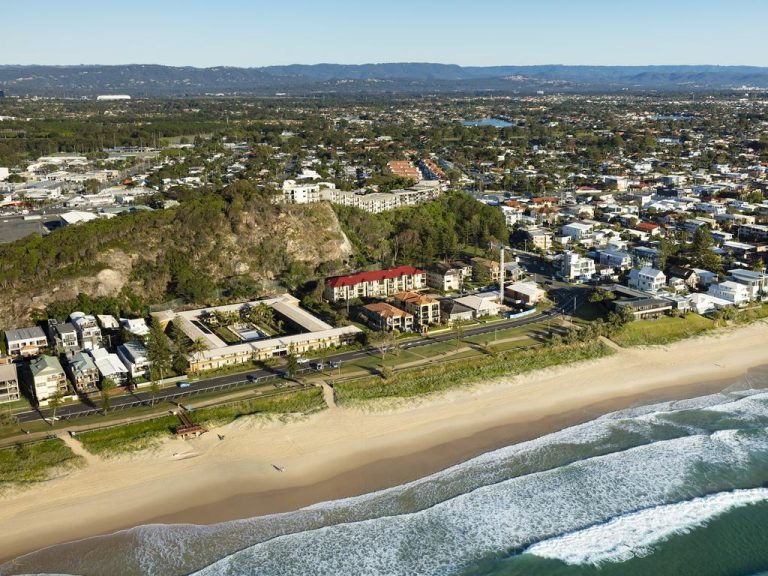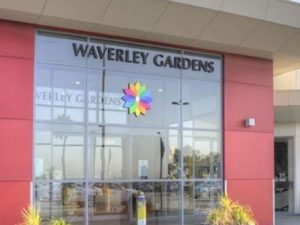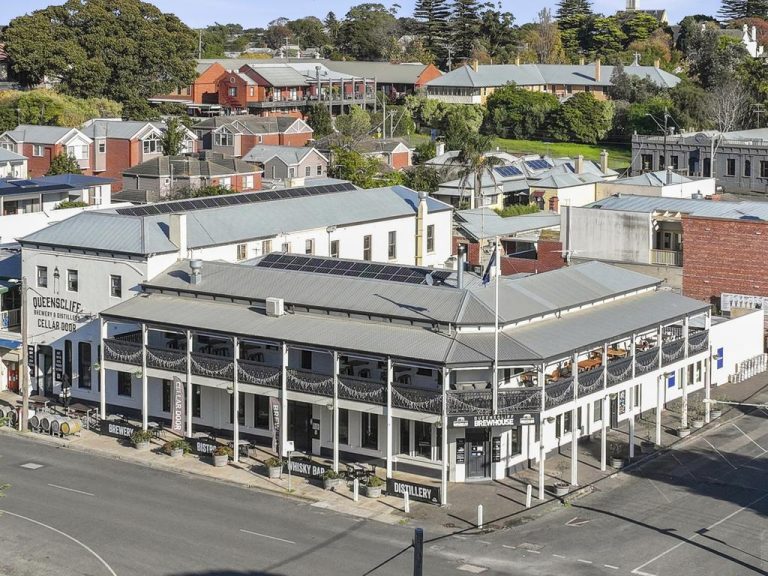Why your next hotel stay could cost you more
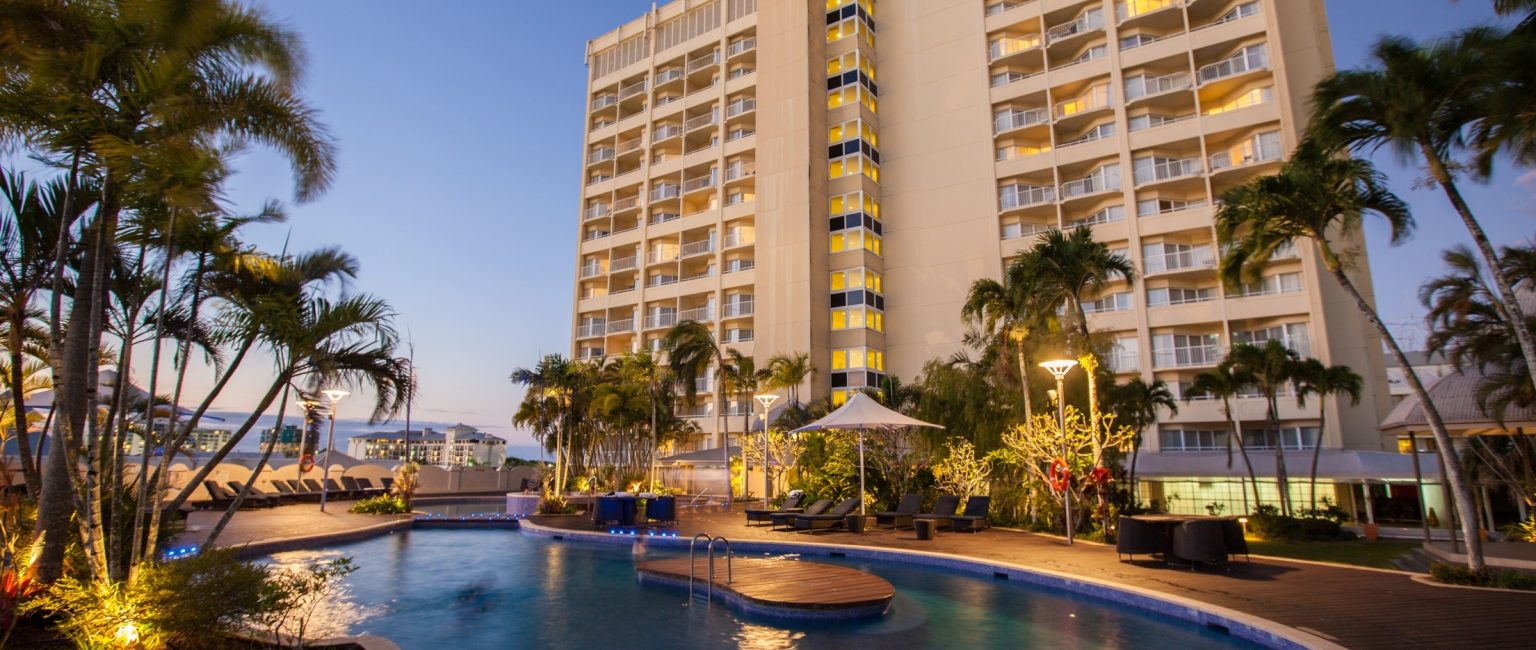
Hotel room rates are set to rise this year, as recovering international tourism and big-ticket events boost occupancy levels across the country, according to CBRE.
CBRE forecasts that the recovery in overseas tourists coming to Australia will support hotel occupancy levels throughout this year and the next.
Overseas tourist numbers coming to Australia have grown significantly, with short-term visitor arrivals increasing 42 per cent year-on-year to almost 858,000 in February, according to the Australian Bureau of Statistics.
The high demand for hotel rooms was tipped to drive up the average daily rate (ADR) – which measures the average revenue earned for an occupied room per day – across most markets this year, CBRE predicted.
However, it noted that the rate of growth would moderate as gains on the higher rate profiles became more of a challenge, particularly in a moderating inflationary environment.
It comes after a strong year for Australia’s hotel accommodation sector in 2023, according to CBRE regional director, hotel valuations, Troy Craig.
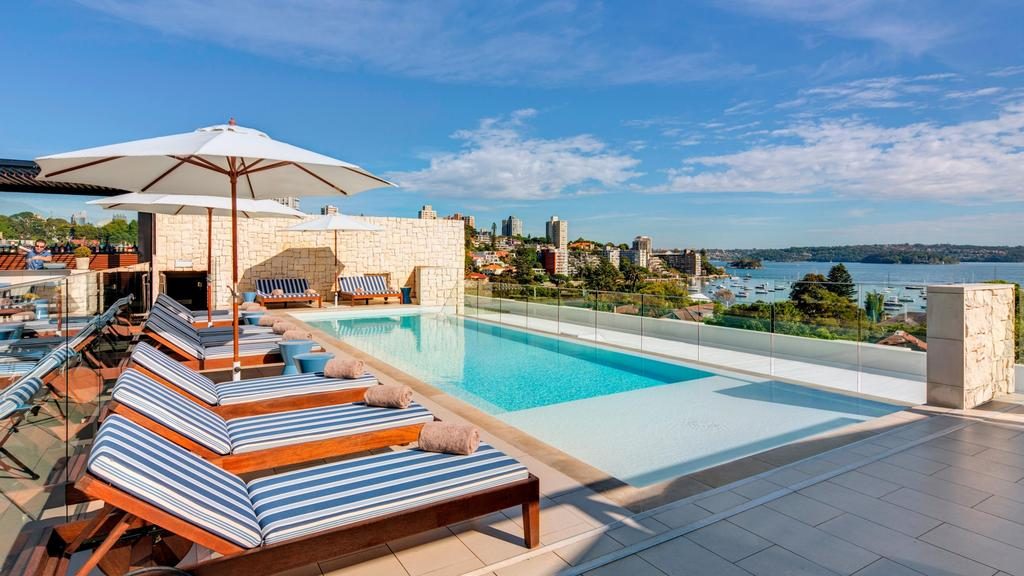
The InterContinental Sydney Double Bay hotel was sold for more than $215 million earlier this year.
“Performance indicators experienced solid growth in 2023 with ADR, occupancy and revenue per available room (RevPAR) increasing 4%, 7% and 11%, respectively,” Mr Craig said.
PropTrack economist Anne Flaherty said hotel guests were likely to see room rates increase as a result of higher ADR and occupancy levels.
“During the pandemic era, in the early stages of opening up, it was a fantastic time to travel because tourism numbers were down, which meant hotels couldn’t offer the same level of rates pre-Covid and we were seeing heavily discounted room rates,” Ms Flaherty said.
“But now what we’ve seen in Australia since the start of 2022 is short-term visitor arrivals have been steadily rising, so more tourists have been coming and creating more competition for hotel rooms.
“So hotels have been able to increase their room rates again.”
Australia’s hotels and motels have also been busy this year thanks to blockbuster events like Taylor Swift’s Eras Tour concerts in Sydney and Melbourne in February this year.
In February, when the country entered peak ‘Swiftie’ mania, hotel occupancy levels in Sydney and Melbourne jumped to 86.5 per cent and 78.1 per cent, respectively, according to data provider STR.
The surge in hotel stays boosted the ADR in Sydney and Melbourne to record highs.
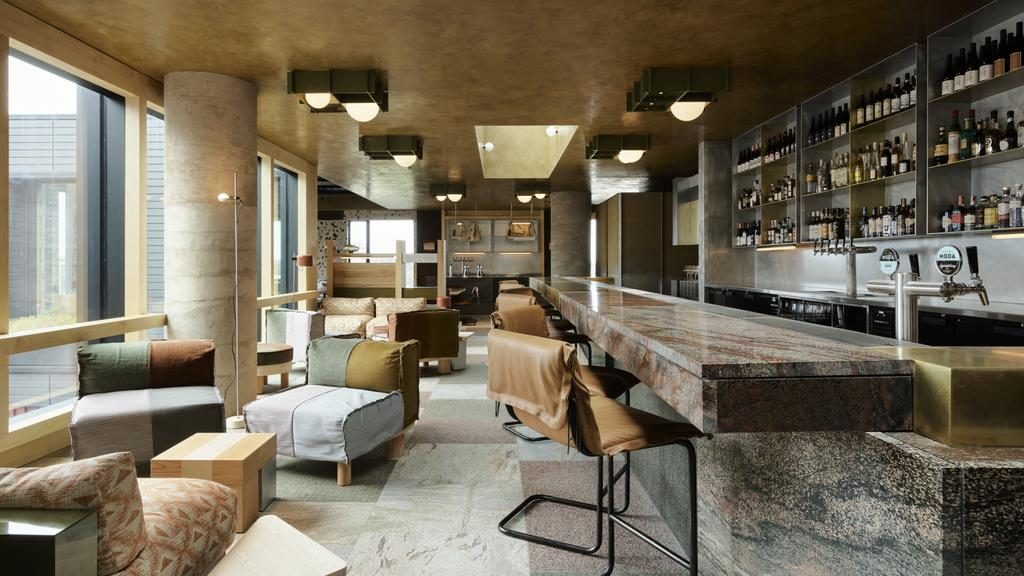
The Ace Hotel Sydney was listed for sale in March this year, with price expectations of around $300 million. Picture: Nikki To
Sydney’s ADR surged 16.4 per cent year-on-year to $329 in February, while Melbourne’s daily rate was 11.4 per cent higher to almost $245, STR reported.
Accommodation Australia chief executive Michael Johnson said major events had played a part in the accommodation sector’s strong start to the year.
“Most cities have performed extremely well and have been supported by major events such as Taylor Swift’s concerts in Melbourne and Sydney, the Australian Open, the Australian Grand Prix, and the AFL Gather Round in Adelaide,” Mr Johnson said.
Mr Johnson said occupancy rates were holding up well despite about 22,500 new rooms opening across Australia since the pandemic began.
He said Darwin and far north Queensland had been doing it tough, led by airport issues in Darwin and extreme weather conditions in Cairns and Port Douglas earlier this year.
“We are cautiously optimistic for 2024, but we are concerned that the China market hasn’t returned as quickly as we would have liked,” he said.
“I don’t think we’re going to see international numbers return to pre-pandemic levels this year, it’s more likely to be early 2025 and it’s predominantly due to China.”
While Chinese tourist numbers were still down, tourist arrivals from other countries such as Nepal, Vietnam and Ireland were surpassing 2019 figures, according to CBRE.

